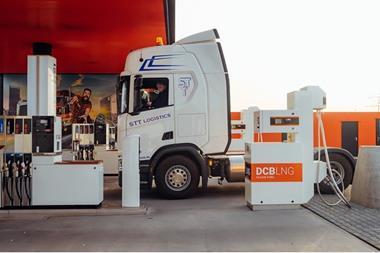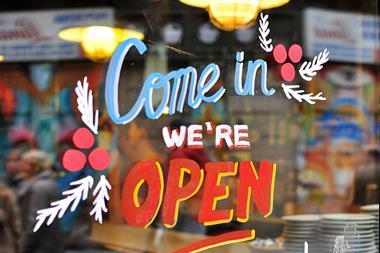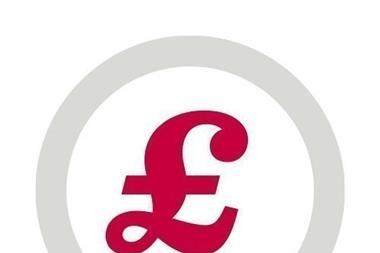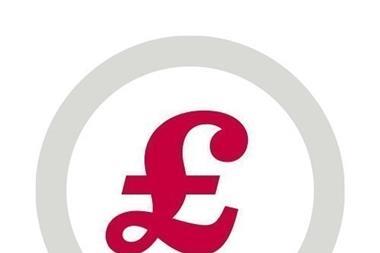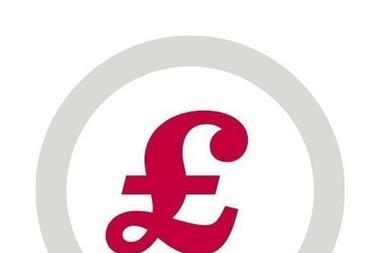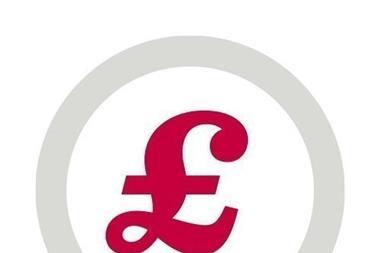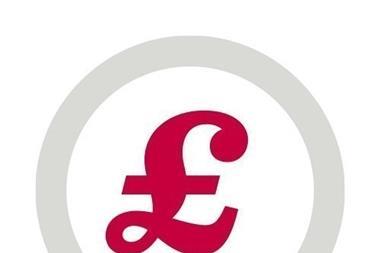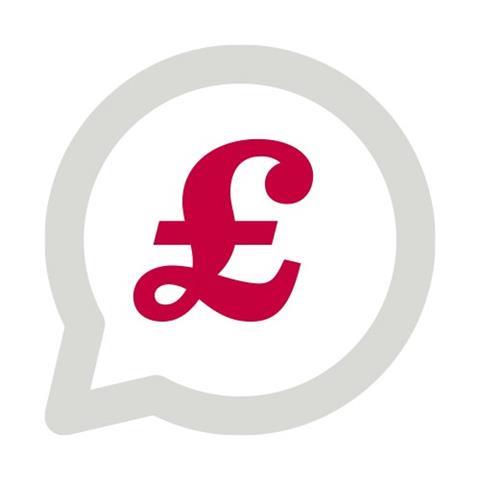
Amidst the ongoing humanitarian horrors of the war in Ukraine, and now the re-ignited situation in the Middle East, it may seem callous just to discuss the effect of those conflicts on oil prices.
Unfortunately, as we’re here to talk about business – and particularly the petrol retail business – we need to do so. And to try to prepare for what might prove to be another ‘oil shock’ in the coming winter
As this is being written the price of ’Brent Crude’ is around $US89 per barrel, and that of ’West Texas Intermediate’ is around $US85 per barrel – these being general benchmarks that the media use when referring to the ‘oil price’. And today’s pump price for a litre of diesel is typically around 163ppl. It’s a reasonable bet that by the time you read this, both will have gone up somewhat.
But as a once-famous song said, “You ain’t seen nothing yet”. Because the World Bank has just issued a chilling warning that if the situation in the Middle East (in particular) spirals into a wider regional conflict, crude oil prices could soar to $US150 per barrel – along with further restrictions on supply.
To put that into some perspective: a look at historic prices shows that unadjusted for inflation the two peak prices since 1970 came in July 1980 ($39.50) and June 2008 ($140.00). Those don’t immediately look too awful – but when we look at prices that have been inflation-adjusted to bring them into today’s money, we see peaks of just under $149 in 1980 and just under $197 in 2008.
The earlier peak was part of what became later known as the “1979 Oil Crisis” and was due in large part to two factors: the Iranian Revolution in 1979 and the Iran-Iraq war which began in 1980. Interestingly, the short-lived peak in 2008 didn’t have an obvious cause in the same way. That one was caused by a combination of several events, including a cut in supply from Venezuela for political reasons; terrorist attacks on oil pipelines and production facilities in both Iraq and Nigeria; and a very large increase in demand from China. On top of which there is also a suspicion that market speculation played quite a considerable role during that period. And the reason why the 2008 peak was short-lived was simply down to the worldwide financial ‘crash’ later in 2008 – what is now looked back on as the ‘banking crisis’.
Back to today, and the reason for the World Bank’s pessimism is fairly understandable: any military and/or political upheaval in the Middle East has historically tended to cut oil supplies to consumers in the West; sometimes directly because the fighting has caused production and shipping of oil to be disrupted; and sometimes because Middle Eastern producers have cut supplies in order to put political pressure on Western countries (primarily, although not always exclusively, the United States) to alter their stance on any conflict in the area. In either event, a cut in supply always causes a hike in prices.
For some time (say roughly between around 1985 and 2005) the impact of interrupted supplies from the Middle East could be mitigated, at least to some extent, by other sources. Unfortunately, today that is much more difficult, not least because the single major alternative supplier was Russia, and production from others (Venezuela, Mexico, or Nigeria, for example) has either declined in recent years or has failed to keep up with increased demand from China, India and other developing economies.
It should be pointed out that the figure of $150 that’s made headlines is really at the extreme end of the World Bank’s prediction range. They actually looked at a couple of less drastic scenarios which would result in prices of around $100 or $120 for the next few months. That was supposed to be the ‘good news’.
Even the lowest of those estimates is considerably higher than the current price and would quite probably push diesel prices at the pumps here up to around 175ppl. Nobody really wants to imagine what the higher estimates might do to pump prices, and that’s without wondering what kind of disruption and chaos on the forecourt any real supply shortage would create.
Those of us who’ve been around long enough to have lived through the previous ‘oil crises’ from 1973 onwards know how badly they affected ‘the economy’ in general terms, and day-to-day life more personally, for quite some time afterwards. In fact, some things never quite did get back to ‘normal’. Younger readers may be surprised to learn that nobody really put fuel consumption figures onto those glossy advertisements for new cars before 1973, because fuel prices weren’t a major consideration for anyone except fleet operators. Those were the days…
If any of these scenarios happen, the impact will affect most Western economies badly. Unfortunately, here in the UK our economy has barely scraped through successive recent events – Brexit, Covid and ’Trussonomics’ – two of which are unique to us, so we’re likely to suffer more than most. And if any of them do happen, quite honestly there’s not much anyone – ie retailers – can do about it.
If oil fuels are either in short supply or priced up to the point that customers cut their usage by any substantial degree, all that the petroleum retail industry can do is to try and make their non-fuel offer as attractive as possible. That would include making the in-shop offer of interest to consumers who can only afford ‘essentials’ – too many sites are still perceived by punters as premium-priced. It could include more space devoted to EV charging points. It might even include emphasising facilities such as jet wash or rollover wash bays, if you’ve still got them.
Let’s hope that none of the scenarios in the World Bank forecast actually happen. But given how we’ve seen things which would have seemed extremely unlikely even 15 or 20 years ago suddenly spiral out of control within the last few years, at least try to prepare for the worst and be relieved if the eventual outcome isn’t quite as bad.






















